How to Keep Pet Birds Cool in Summer
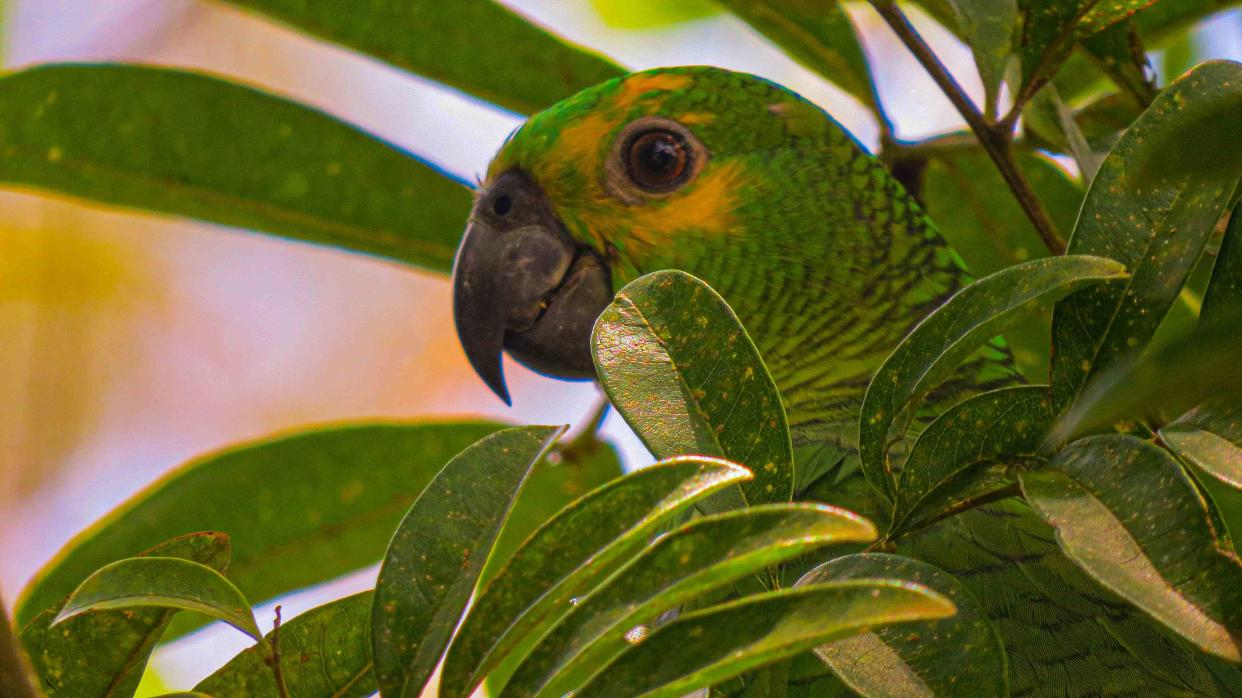
Getty Images/Gabriel Fontes
Shade helps keep pet birds cool in the summer.Reviewed by Natasha Diehl
Also commonly referred to as heat distress, heatstroke is a serious condition that can affect many pets, including birds. Many birds are native to tropical environments, but if they aren't used to high heat or there is a sudden temperature increase, heatstroke can still happen.
If a bird's core body temperature gets too high, you may see it begin to open mouth breathe, pant, droop its wings, stand with its legs spread, be less active than usual, and act stressed. These signs can all indicate that your bird needs to be slowly cooled down and receive immediate veterinary attention. To prevent these issues from happening in the first place though, there are a variety of things you can do to help keep your bird cool in summer.
Air Conditioning

Getty Images/DonNichols
Air conditioning units can help keep your rabbit cool.Air conditioning is an obvious choice for anyone that wants to keep their environment at a comfortable temperature. It can also prevent your home from getting too warm for your birds that live indoors. Be sure not to place your bird's cage directly under an air vent though as cool air blowing on your bird can chill the bird and predispose them to becoming ill.
Oscillating Fans

Getty Images/AlexLMX
Fans are a great way to keep your rabbit cool.If you don't have air conditioning or you need to cool your bird down, try turning on a fan. Setting a bowl of cold water with ice cubes in front of the fan will create cold air, but be sure not to let the fan blow directly on your bird or allow your bird to have direct access to the fan or its cord.
An indirect breeze for a bird in a secure cage is the safest way to use an oscillating fan, but be aware your bird may be afraid of it. Slowly introduce your bird to these fans prior to use if you can to avoid stressing your pet out.
Ceiling Fans

Getty Images/Busà Photography
Ceiling fans can be useful even if you have air conditioning.A ceiling fan in your indoor bird's room can help maintain a comfortable room temperature both with or without air conditioning. Be sure to never turn the fan on unless your bird is secured in a cage. Fan injuries are just as serious as heatstroke.
Open Windows
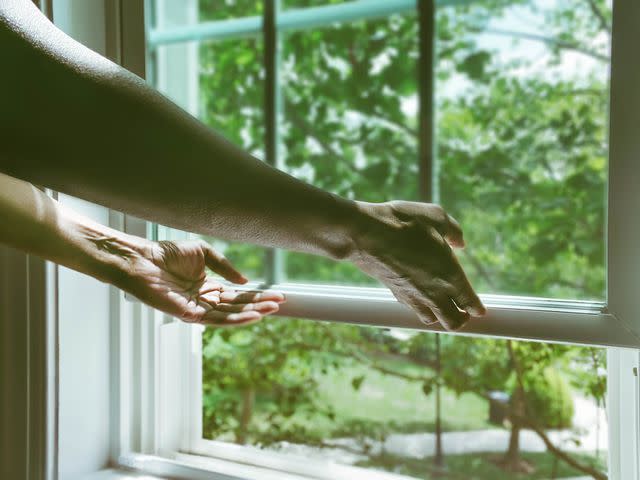
Getty Images/Grace Cary
Opening your windows allows a breeze to enter.If you don't have air conditioning, there's a breeze, and your bird lives indoors, open a couple of windows to help keep air flowing in your home. Always use screens and watch your bird to ensure they aren't able to escape. This includes chewing through screens.
Window Curtains and Blinds

Getty Images/ÐндÑей Ðлеменков
Blackout curtains are great at blocking hot sunlight.Simply closing the curtains or blinds on a window will help block any sunlight from entering the room where your bird resides. This will help keep that room cooler for your bird.
Cold Produce
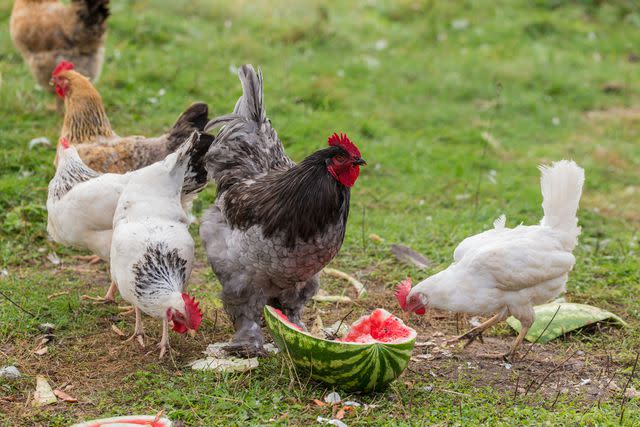
Getty Images/Argument
Watermelon and other fresh produce can help hydrate and keep birds cool.Cold fruit and vegetables are popular, healthy treats for many pet birds and can also provide them with some added moisture. Cold produce can also rehydrate them in high heat.
Shade
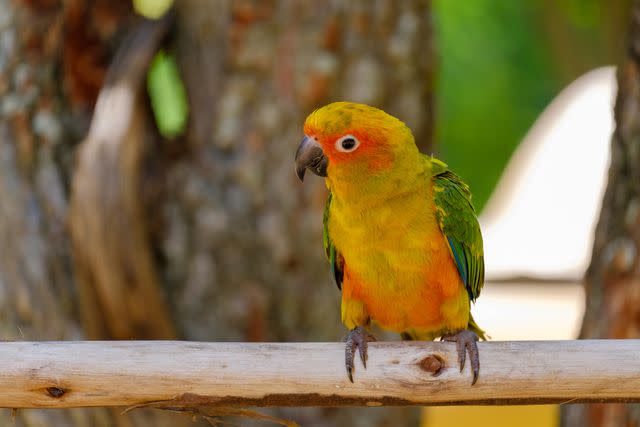
Getty Images/winyoo08
A shady spot to get out of the sun can help keep your bird cool if it's outside.If your bird is outside in a cage or on a secure harness and leash, make sure they have shady places to rest in. Leafy tree branches, umbrellas, and other man-made structures can help keep your bird out of direct sunlight and make it feel 10-15 degrees cooler.
Spray Bottle

Getty Images/Carol Yepes
A nice mist of water can be sprayed on your rabbit.Use a spray bottle to gently mist your bird. The evaporating water can help your bird cool off, especially if you spray it under their wings. Or, offer your bird their favorite way to bathe and put on running water to stimulate their reflex to take a bath.
Tiles

Getty Images/Xinzheng
Tiles can help your rabbit cool off.Put a piece of granite or ceramic tile in the fridge and give your bird the option to walk on the cool surface or place their perches in the fridge for a cold perch temporarily for them to stand on. Some birds may stand on them and others may avoid them, but it's worth a try.
Ice
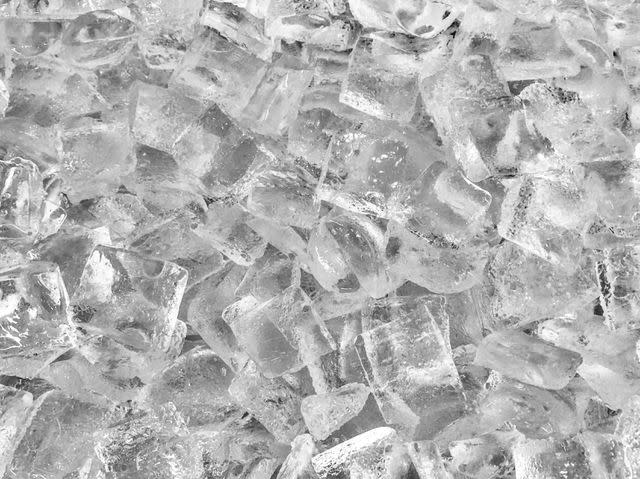
Getty Images/Adrienne Bresnahan
Ice cubes can be placed in your rabbit's water bowl.If you have a larger bird and want to give them a cool treat or toy, a piece of ice is a great option. Your bird may simply lick it but many like to pick it up and crunch it.
Frequently Asked Questions
Can birds get heatstroke?
While many pet birds do well in warm environments, heatstroke can still occur if your bird's body temperature gets too high. This is most common in environments that are above 104 degrees.
What are the signs of heatstroke in birds?
Open mouth breathing, panting, lethargy, drooped wings, and a wide body stance are all signs of heatstroke in birds.
How can I tell if my bird is too hot?
If your bird is in a hot environment (typically over 104 degrees) and is beginning to exhibit symptoms of heatstroke, it is possible that your bird is too hot. If you attempt to cool them down and the symptoms resolve, they were likely too hot.

